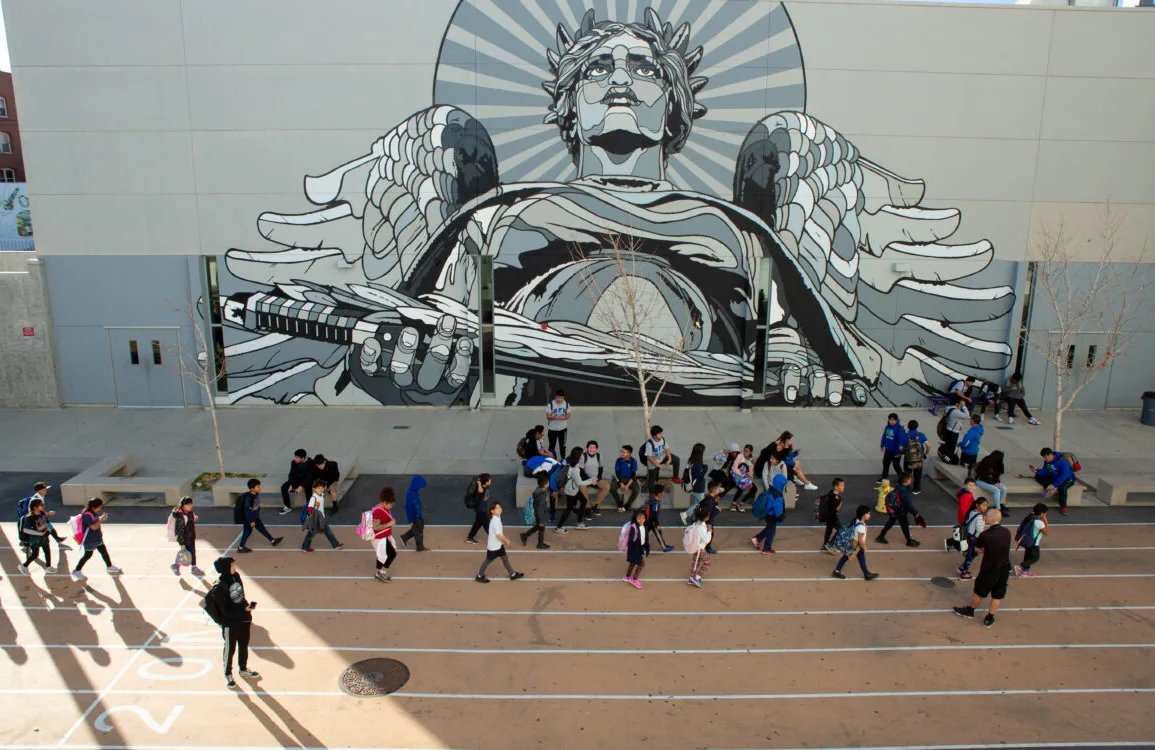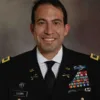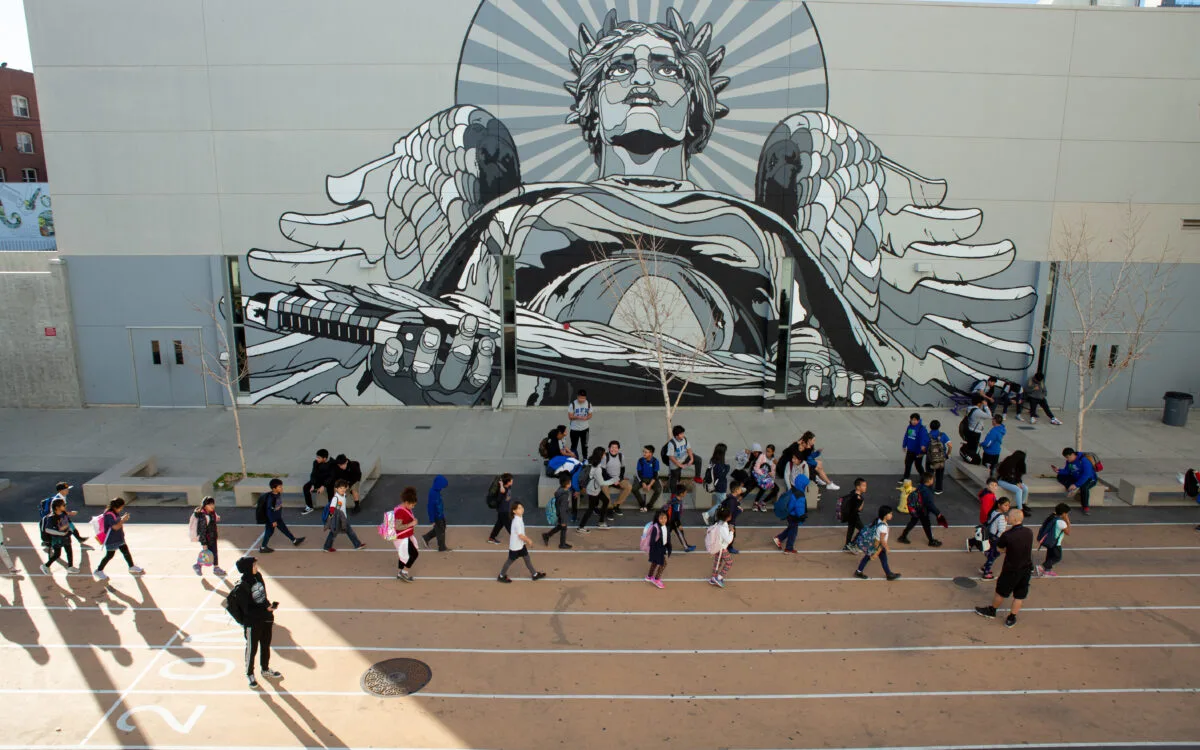 Credit: Allison Shelley/EDUimages
Credit: Allison Shelley/EDUimages
Students at UCLA Community School pass by one of several outdoor campus murals on their way to class.
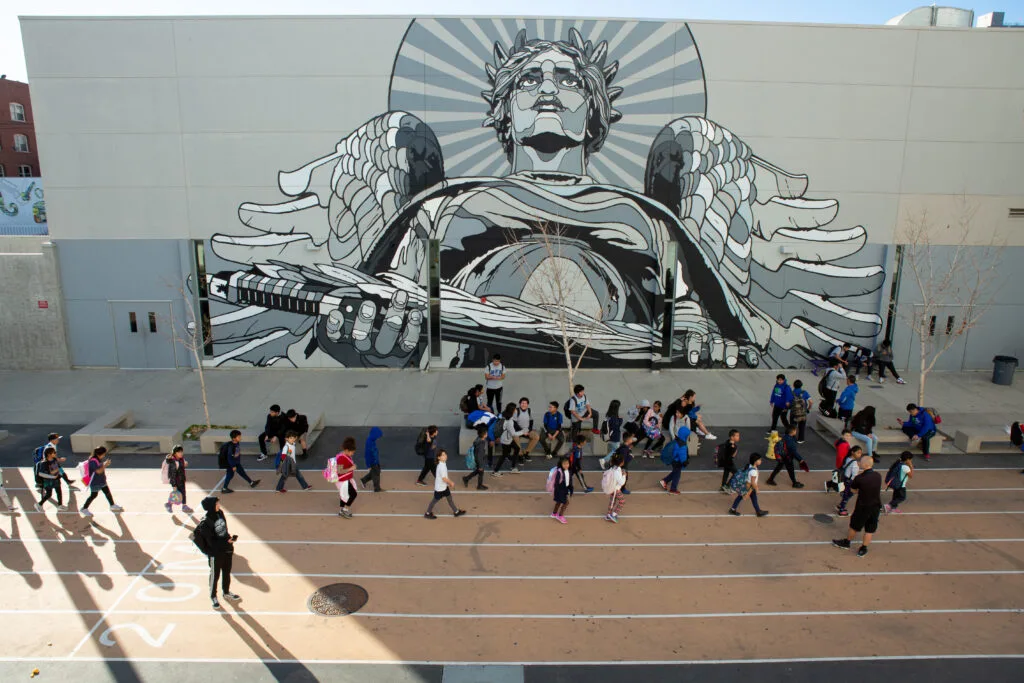 Credit: Allison Shelley/EDUimages
Credit: Allison Shelley/EDUimages
Students at UCLA Community School pass by one of several outdoor campus murals on their way to class.
EdSource asked Martin Blank for his perspective on California’s massive investment in community schools in the context of the community schools movement that he was instrumental in creating.
For 20 years after he co-founded it in 1997, Blank directed the Coalition for Community Schools, a national organization that advocates for policies that support the implementation of quality community schools. He also served as president of the Institute for Educational Leadership, the coalition’s home.
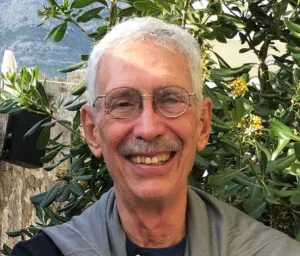
Marty Blank
After serving as a VISTA volunteer in the Missouri Bootheel region, Blank, an attorney, was a senior staff member at A.L. Nellum and Associates, the nation’s first African American-owned consulting firm.
He is a co-author of “The Community Schools’ Revolution: Building Partnerships, Transforming Lives, Advancing Democracy,” which was published this year, and other books on community schools.
In our interview, which was edited for length, Blank discussed the key elements for a successful school and his hopes for California’s initiative, the California Community Schools Partnership Program.
Through two-year planning and five-year implementation grants, more than 2,000 schools could become community schools to broaden services to meet children’s multiple needs and schools’ connections with the community. More than a place, the book says, a community school “is a set of partnerships built on a foundation of mutually beneficial relationships between schools and communities.”
With growing gaps in wealth and an increase in poverty, is it important that schools take a larger role than traditionally people have thought schools should take?
Yes, the school should have a larger role, but that role should be as an ally with an array of partners with expertise and people who want to help kids thrive.
The idea that schools could take on a larger role and do everything is mistaken. You open up the school to the community, you open up the potential for greater family engagement, and you get people to think about kids in different ways. Health people, youth people, school people, organizers all have a slightly different view of the world and how it should change. When you put them together, you can really create a synergy that leads to a better strategy and better results. It’s the wisdom of the group, rather than a single entity being in charge of everything.
The title of your book is “The Community Schools’ Revolution: Building Partnerships, Transforming Lives, Advancing Democracy.” What’s revolutionary, and how would parents and teachers know that they’re in the middle of a revolution?
That partnerships are essential in today’s public school and policy environment is a revolutionary concept. The power of partnership between schools and community is the essence of our work. We’ve begun to demonstrate how powerful that is.
Listen: How parents, teachers, and the community can tell if the community schools “revolution” is in their midst
We also have leaders in community schools who are thinking and acting differently. Principals are not only focused on their school, on their academic responsibilities, but they also recognize their ability to build a community of parents, teachers and now partners that support their students.
The community schools revolution is also demonstrated by their growth. There are thousands of schools across the country. We have evidence of success, and we have a growing investment. California’s is significant and we’ve got substantial federal money. Maryland has embedded community schools across all school districts, by including them in the school funding formula, and a growing number of states are funding community schools development.
California’s is the biggest bet yet on community schools. In part, it was driven by money. California had a huge surplus, and so the Legislature and the Newsom administration, at the encouragement of State Board of Education President Linda Darling-Hammond, put down $4.4 billion over seven years. It made this commitment without really anything in place as a state system. Does it concern you that it might fall short of its potential?
If I could control the way policy functions, one might do very careful planning, then implement, then evaluate. But in the United States, we don’t do policy that way. It’s all a bit chaotic, and that makes it really hard for school people.
We were worried when New York expanded from 40 community schools to 150, because we thought that was going to be challenging. And it was. But in time, because the school system and the city government and the community-based organizations and the school leaders stayed together, there are now 420 plus community schools in New York, and they’re working toward a set of common goals. Are there challenges? Do we worry that money is going to be taken away? Of course, but sustainable partnerships emerging.
Listen: Whether California’s approach to community schools, through planning grants, followed by implementation grants on a mass scale, makes sense
We saw measurable progress in New York. A report by Rand demonstrated there was some improvement in math achievement, that students were more connected to adults and to the school, that there were improvements in attendance. We saw progress in California, where there are community schools that people could draw on — in San Francisco, West Contra Costa, Oakland, Los Angeles and other places.
We’re hoping that school and community organization leaders will realize that if they go beyond vendor and contract relationships, to really become partners, there will be a foundation on which to continue. Grants may come, but if the relationship between the school and their partners remains, then the essence of the community school will remain.
California is investing many billions of dollars in other services, too, such as mental health, transitional kindergarten, and an extended day and year, particularly for low-income schools. What difference will this make in a community school?
California represents a real opportunity. If it works the way we hope, the person in charge of new mental health money, the person running the after-school program, and other partners will be talking to each other and educators about what they want to accomplish. I remember a principal telling me he was responsible for all partners. They would ask for space and for equipment. He held a meeting and said, “Who are you and why the hell are you here?” What we want is for those potential allies to sit and talk regularly, to listen to students and their families and figure out how to make progress together.
Oakland and UCLA are prominent in your book. Any school would be fortunate to be associated with a university like UCLA. And Oakland has more nonprofits than coffee shops. But there are lots of communities that don’t have those opportunities. If you are in rural San Bernardino County or Humboldt County, what do you do?
The first thing is to go out in the community and talk to the business community, to the religious community. In every community, there are some nonprofit organizations. Every community has resources. We’ve had community schools where the emphasis was on bringing in elders from Appalachian communities to teach about the local history. We’ve had community schools where the kids have learned about the fishing industry. 4H is a significant player in many rural communities.
It’s a mindset issue. People have assets and expertise. If you assume there’s nothing, it puts the school and the teachers in a very negative mindset about what they’re trying to accomplish.
A crucial person will be the community schools coordinator, which all community schools in California must hire to receive state funding. Whom should districts be looking for, and why is that person important?
A community school coordinator is a bridge builder. We’ve had innumerable principals say, “I don’t know how I managed before I had a community school coordinator.” A community school coordinator is vital to connecting the work of partners and school staff. They should be collaborative and like to work with other people; they should be someone who knows how to listen to families and young people, who can bring ideas from partners to the principal and teachers and be part of the school leadership team.
The California Teachers Association has taken a position and some local unions in negotiations that the community schools coordinator should be a certificated teacher. A number of districts have said that first and foremost, the person should come from the community and know the community. What’s your view?
Sometimes you’ll find a social worker with community organizing training. Or a teacher who was a Peace Corps volunteer, a parent or community resident with strong relational skills. We need someone who can build bridges to the community whether they work for a school system, a nonprofit organization or a higher education institution. We should not limit ourselves when we think about where we look for people.
What might be early wins that might set the right tone and culture for community schools?
Attendance is a big issue and really a critical place to start. People are worried about it all across the country. When you have partnerships, whether it’s around health and mental health or just outreach with the ability to talk to parents and meet in their homes or workplaces, you can encourage improvement in attendance. In Baltimore, grassroots groups of Black men, some of whom are formerly incarcerated, have become involved with schools to try to make connections.
I can imagine some principals and teachers might say, “We welcome the partnerships, we welcome the additional resources, but leave instruction and learning to us.” How can what goes on in the school day be integrated into the community school?
We’ve seen teachers do walk-arounds in neighborhoods, so they understand their students’ lives and communities and use that knowledge in the classroom. At the UCLA Community School, the kids have worked on immigration and housing issues. We’ve seen young people get involved in dealing with hunger and nutrition issues in their neighborhoods. Partners can help facilitate that.
Listen to kids. You can build a standards-based curriculum that involves kids dealing with science and math, and everything else around problems that matter to them and to their neighborhood.
Listen: How principals must open up schools and themselves for community schools to succeed
The community can be a resource for learning apprenticeships and internships. The University of Pennsylvania has students going into labs and doing summer work. All of that is part of what can happen in a community school.
For this $4 billion public investment, what metrics should the public use to gauge whether community schools are making a difference in the lives of students including, academic achievement?
They would see better attendance. They might see reductions in disciplinary incidents because they’ve applied restorative justice practices. They might see indications of improvement in mental health, not only because young people have had access to mental health professionals, but also because they’ve just had more opportunities to be on a team, whether it’s a robotics team or a football team, They should be looking for parents to stand up and say, “This school works for our kids” and for kids to be saying the same kinds of things.
I was told by a high school principal who was a community schools manager that building trust can be difficult and that the initial efforts can be frustrating. Parents are busy, and perhaps their own experiences may have turned them off to school.
It’s a never-ending process. Each of us, in our personal lives, in our professional lives, has had situations where we built some trust, we lost the trust, we had to rebuild it. Parents are busy, but if you knock on doors and listen to them, you can capture the essence of what they want. Educators and partners build trust when they look at data together to solve problems.
You mentioned timing may be both right and difficult now, with so much scrutiny on schools for various reasons and tensions brought into schools from the outside. Your book ends with this quote: “Now more than ever, with a deeply divided electorate and an often toxic political environment, community schools may represent a strategy that can bring people together, build community, and even bridge ideological divides.” Why are you confident that a community school can achieve such ambitions?
If you’re not a dreamer or ambitious, then you’re not going to be able to overcome the historic inequities that have existed in our public school system and society. I’ve been at this work for 60 years, and it’s been urgent for all 60 years. When we first opened the migrant education program in a formerly segregated school in southeast Missouri, it was urgent. Now, with our politics so divided, the fact that there can be community schools in Florida and Idaho, in New York and California, in Wisconsin and Texas, indicates there’s a power in the idea of public school being the vehicle around which we build community.
School leaders have to realize that they gain power by being more open. And that’s a challenge, given the politics of the moment. But our schools are a place that everyone knows, where we can all come together and act democratically. It’s not the only solution, but it offers the possibility of creating the kind of trust, the kind of relationships and the kind of places where people can come and see that we all care about each other’s kids.
Community schools show how people and organizations can come together to solve problems.
To get more reports like this one, click here to sign up for EdSource’s no-cost daily email on latest developments in education.


